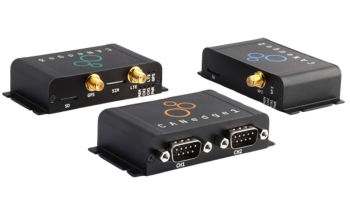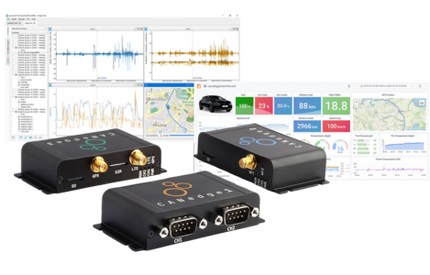Home automation has been on the rise as the cost of integrating wireless communication in devices has dropped significantly. Amazon Web Services (AWS), Apple’s iCloud, and Google’s Cloud have given people the means to remotely monitor and control their homes. However, where does this leave Bluetooth in home automation and the Internet of Things (IoT)?
Bluetooth for Local Access
Bluetooth has not been a stranger to local automation with many devices that we control using it. From wireless speakers to LED light bulbs, many manufacturers provide smartphone apps to control their devices via Bluetooth. The newest Bluetooth specifications have incorporated Bluetooth Low Energy (BLE), which has made smart, battery-powered devices more accessible without having to recharge or change the batteries on a frequent basis. This gives Bluetooth an edge over Wi-Fi, which is a more power hungry technology. Now, you can place home automation products anywhere without being restricted to power outlet locations. No more need for power strips and bulky power supplies when devices can run for months on a single battery. This is great for local home automation, but since Bluetooth cannot connect directly to the Internet, how can we access these devices remotely?
Smart Home Hubs for Remote Access
This is where we introduce the smart home hubs. Recently, the biggest players in IoT have been releasing voice-activated assistants for your home. Apple just announced HomePod which brings the voice control and intelligence of Siri to your home. This is to be compared to Amazon’s Echo and Google’s Google Home. All of these popular home assistants have two things in common: voice control and Bluetooth radios.
Through the appeal and convenience of a voice-controlled home assistant, these companies have placed a Bluetooth-to-Internet gateway in your home. These smart home hubs serve a dual purpose by providing the user with voice control as well as remote access to their Bluetooth smart home devices. Currently the Echo and Google Home can only be used to communicate with the devices already on the cloud with local Bluetooth devices currently needing their own proprietary solutions to relay information to these corresponding clouds. Apple, on the other hand, through the HomeKit protocol, has defined its own standard for IoT inter-device communication. As long as these devices are designed according to HomeKit specifications, a user can access the HomePod, an Apple TV, or an iPad left at home to control local Bluetooth devices remotely. Google Home, on the other hand, has taken the approach of communicating with other proprietary smart home products, but has not yet utilized a standard for smart home devices. Therefore you are limited to a number of specific manufactures if you want compatible smart home accessories.
With the use of in-demand smart home assistants and the wireless power saving advantages of BLE, Bluetooth has an edge over Wi-Fi when it comes to home automation and IoT. Devices can be designed smaller, with greater battery life, and installed virtually anywhere in the home. Imagine Bluetooth sensors for door locks, temperature, lights, windows, motion detection, leak detection, power outlets, blinds, and much more. Bluetooth devices are now accessible from your fingertips anywhere in the world and are truly the future of home automation.







